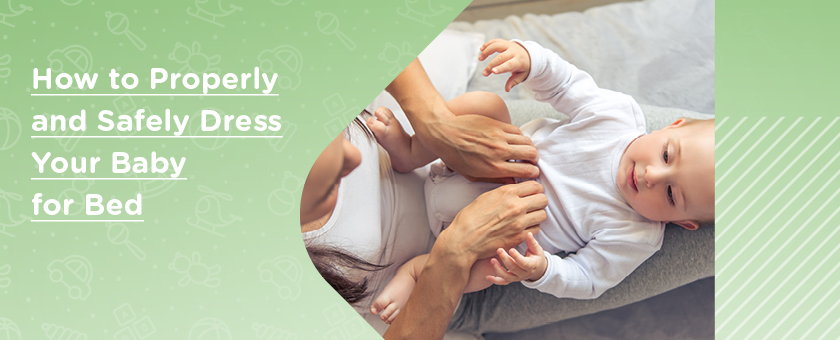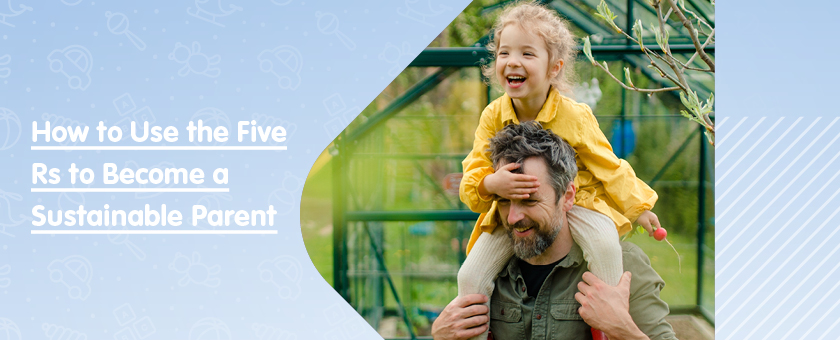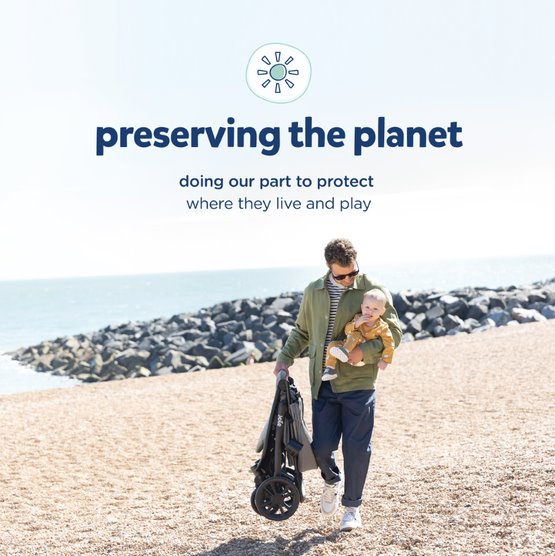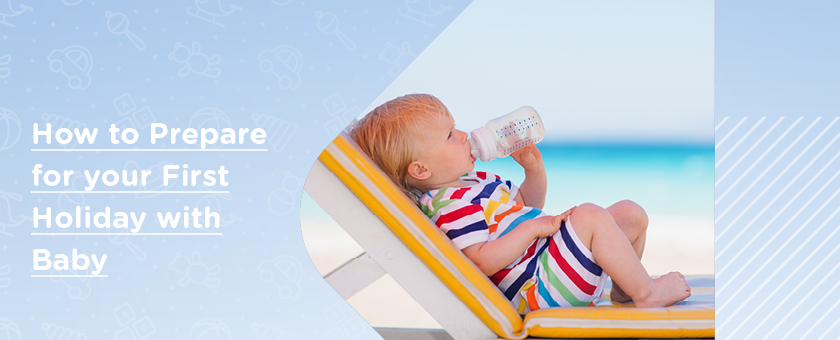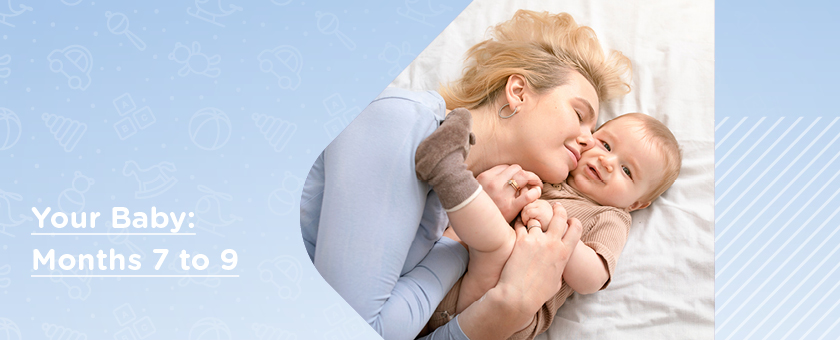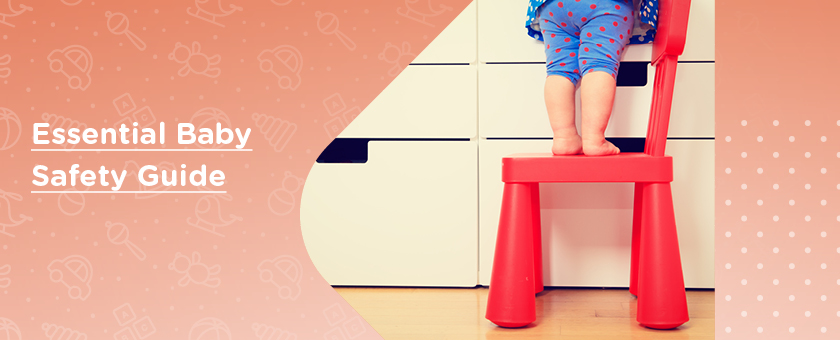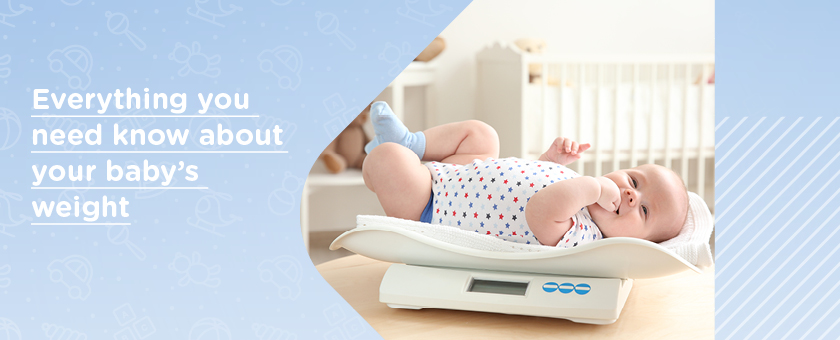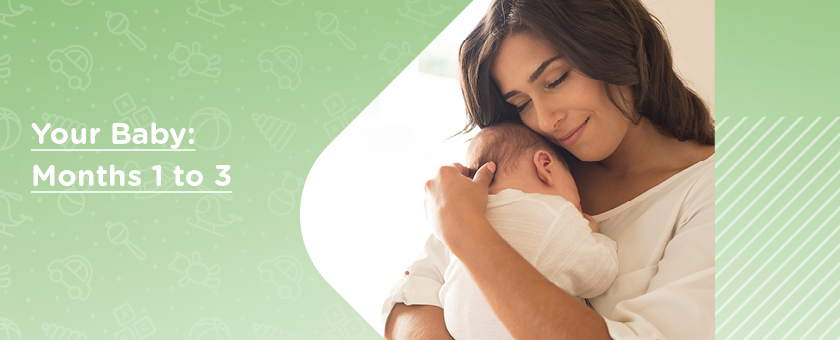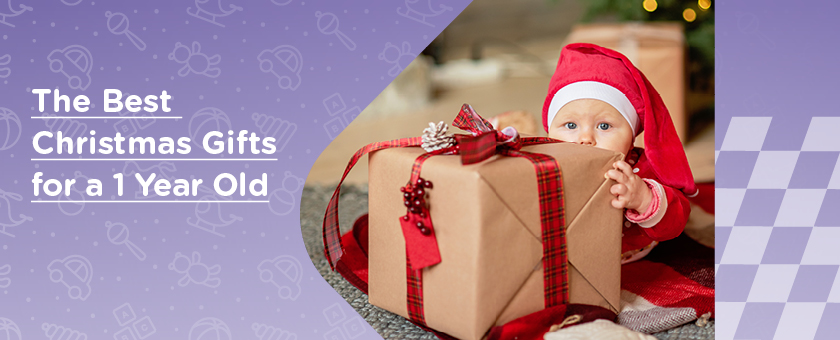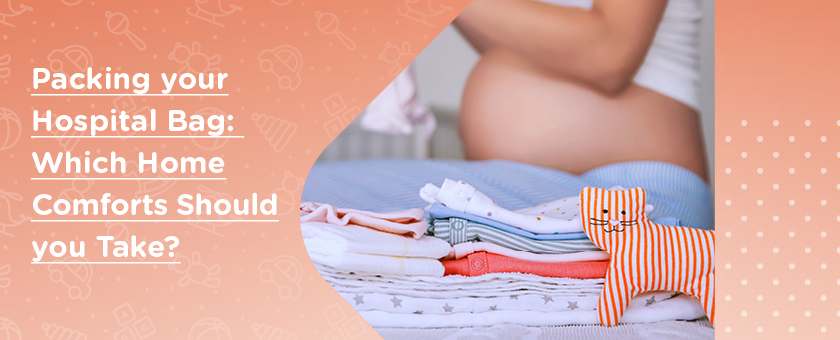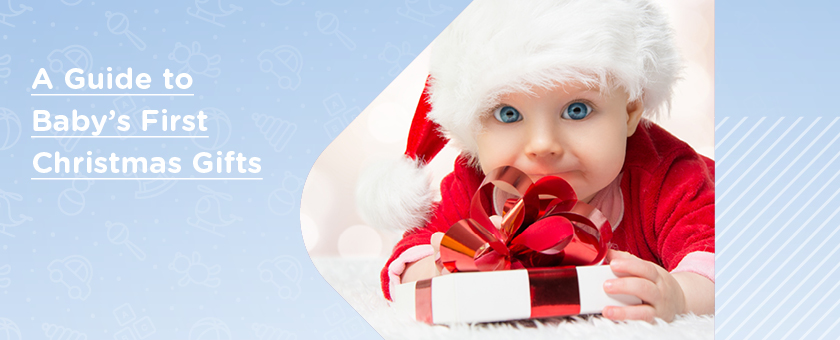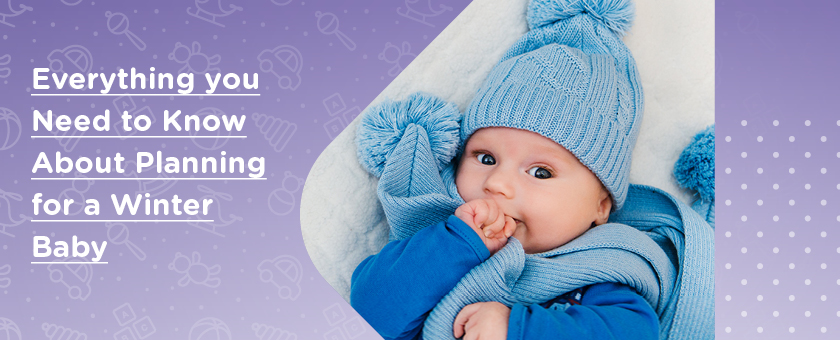What should a baby wear to sleep? Whilst it sounds like a simple question, there’s actually more to it than you may think. It’s essential babies are neither too warm nor too cold when they’re snoozing, and that they’re as safe as possible. Something as trivial as picking a pair of cute PJs for your teeny tiny human can feel like a scary decision when you’re a new parent. Luckily, we’re here to help ease the stress with some practical tips and basic safety guidelines. Before you know it, you’ll be clued up on everything from what should a baby sleep in to how to dress a baby.

Safety first
Whilst it may sound strange, it’s actually better to have a little one that’s slightly underdressed rather than piling on the layers. After all, we don’t want your angel to get too hot! At Kiddies Kingdom, our general rule of thumb for dressing your baby for bedtime is to pop them in one extra layer than you would wear at night. This should make sense as babies under 12 months should not sleep with any blankets or duvets – just a fitted sheet. Dress your cherub in a two-piece cotton PJ set or footed onesie and throw in a muslin swaddle. Not only will you have a cutie on your hands, but they’ll be good to go for bedtime too.
However, you’ll need to make a judgement on whether this rule applies to your bub’s sleeping environment. The optimum room temperature should be between 16 to 20°C both in summer and winter. We recommend keeping a thermometer in the room where your babe snoozes to keep an eye on the temperature. This way you’ll know when it’s necessary to adjust the heating or make changes to how your cherub is dressed for bedtime.
Signs that your baby could be too hot:
- Damp hair
- Flushed cheeks
- Hurried breathing
- Heat rash
- Restlessness
We recommend checking your baby’s temperature by touching their tummy or back. This will give a clearer indication of how warm or cold they are. Remember – never check their temperature by touching their hands or feet, as these parts can appear colder than their overall body temperature. If your munchkin feels hot to touch, start by taking a layer off their body, then check again in 10 minutes. Plus, you can always open a window slightly to get some air circulation going on in the room.
Remember – if you feel nice and cosy in your own cotton jammies, chances are your bundle of joy does too!
To swaddle or not to swaddle?

Typically, teeny tiny tots will quickly take to being swaddled – who wouldn’t love being all snug and bundled up? This bundling technique can help little ones feel safe and comforted, as if they’re back in their first home again – the womb. Cotton or muslin fabrics are great choices to go for. Both materials are lightweight and breathable, offering lots of flexibility to easily wrap up and tuck your bub. Just make sure your baby can stretch their little legs in the wrap, and that it isn’t tight around their chest or hips.
Babies can be swaddled from birth to around 4 months old when they begin rolling onto their tummies. Remember – once your little one starts to roll over, you need to ditch the swaddle to keep them safe and sound at all times. Now, your baby can move up to a sleep sack or wearable blanket instead. They’re ideal choices if your babe didn’t take to the swaddle from the get-go.
Baby sleeping bags
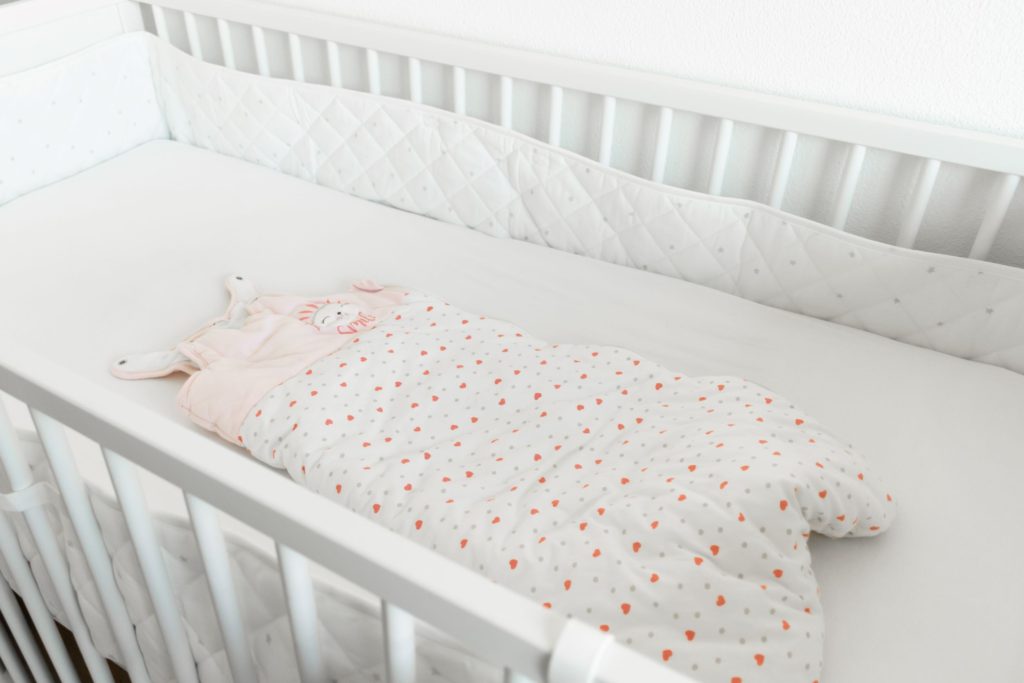
For parents who aren’t yet confident enough with wrapping up their baby like a little burrito – a sleeping bag with Velcro/zips will save the day. A safe baby sleeping bag can be a great alternative when it comes to how to dress your baby for sleep. The key is to pick one that’s the correct size to keep your little one’s head and face uncovered.
A good and safe baby sleeping bag helps to:
- Reduce sleeping accidents
- Stop your little one from rolling onto their tummy whilst they snooze
- Keeps your baby’s little legs in so they don’t hang out through the cot’s rails
Some sleeping bags have a TOG (thermal overall grade) rating. This helps mummies and daddies to decide which sleeping bag to use for different temperatures. However, we also tell parents to remember that a TOG rating is just a guide – not a safety standard.
Listen up parents – if neither swaddling nor sleeping bags work for your little one, that’s fine too! Just opt for footed sleepwear or slightly warmer materials to boost warmth when needed.
How to dress a baby for sleep

Below is a little extra guidance on what to dress your little one in, more specifically for warm or cool nights, along with additional tips regarding accessories.
Go lighter on summer nights
Keep it light and breezy on those warm summer nights — a standard short-sleeved cotton bodysuit or T-shirt with a cotton swaddle/sleeping bag will do the job.
Be prepared for the winter chills
Get your bub ready for those cool winter nights with appropriate clothing to keep them cosy and snug. A pair of snuggly fleece pyjamas or a thicker microfleece swaddle/sleeping bag over standard cotton jammies should work a treat. Just remember – no loose blankets allowed!
No hats allowed during bedtime
When it comes to how to dress a baby for sleep – save the accessories for your holiday snaps! Whilst we love those cute knit hats, they’re not appropriate for bedtime.
In general – avoid all loose accessories like a hat as things like this could slip off your little one’s head and cover their face. Plus, babies self-regulate by releasing heat through their teeny tiny heads, so we don’t want the use of a hat during sleep to cause overheating!
Choose practicality over fashion
You know you’re going to face plenty of nappy changes throughout the night so think of convenience above all. No one wants to fumble about with tricky buttons during the early hours of the morning. What helps in these situations? Strategically placed snaps and zippers! Nappy changes will become more efficient and quicker that way. In other words – save the fancy clothing for the daytime!
The role of age in sleep
Of course, don’t forget that your baby gets older, you’ll have to re-evaluate their sleeping situation. What worked at 3 months may not work at 6 months, and things will continue to develop as your bub becomes more independent. For example, you may need to reconsider using certain sleeping bags once your tot becomes more active, or when they become an adventurer and attempt to escape their crib.
When your not so little one hits the big 12-month milestone, you may even get the green light to start using a small thin blanket. However, before making this decision, we recommend speaking to your paediatrician first for advice.
There you have it – if you were wondering how to dress a baby for sleep before this blog – now you know! The bottom line is that good sleep is important for your little one’s well-being. If their room is kept at the correct temperature, your cherub will snooze away safely and comfortably. That being said, it’s not only your baby that benefits from a great night’s sleep. More uninterrupted snoozing for your bub equates to more well-deserved shuteye for you. Tucking your bundle of joy in properly and safely for a snuggly slumber is only round the corner – you’ve got this!

